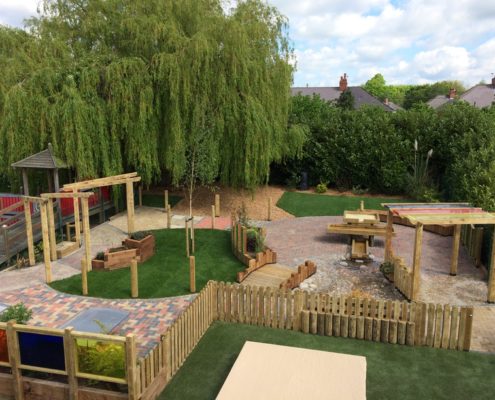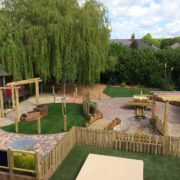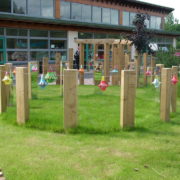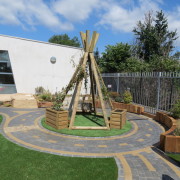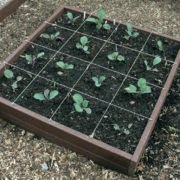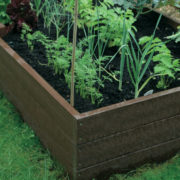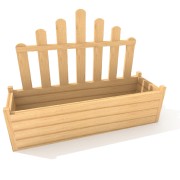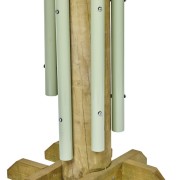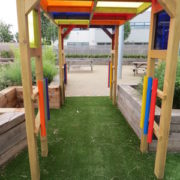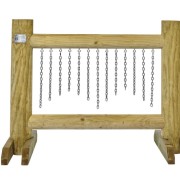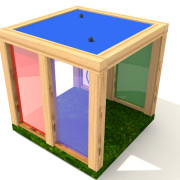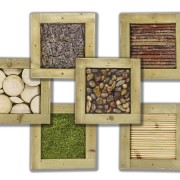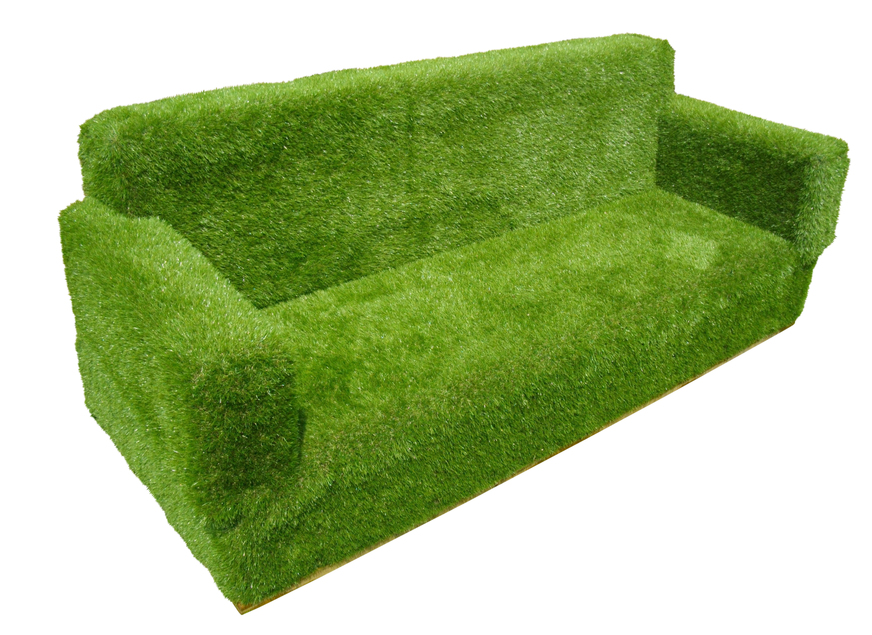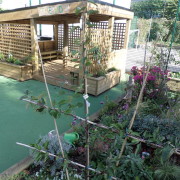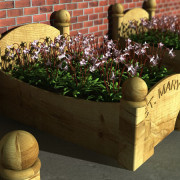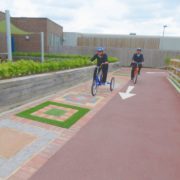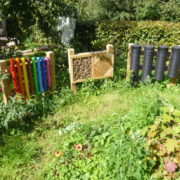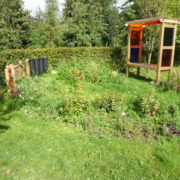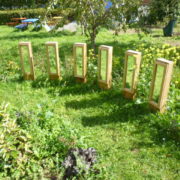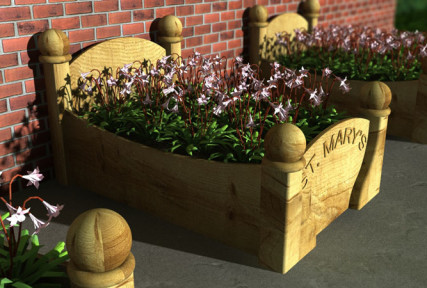Sensory gardens allow schools and other establishments to create an outdoor space which stimulates outdoor learning and more importantly, the senses. It is also worth noting that it is very difficult to “package” these type of sensory gardens as no one project is the same as the next one. A lot of gardens are in reality determined by how big the space is to accommodate them in the first place – but it is worth bearing in mind that even if you only have room for a planter with highly scented shrubs and flowers, you have still created a sensory area at your school. All sensory gardens will require a certain degree of on-going maintenance once installed or established so this must be taken into consideration too when deciding upon an area or budget.
Sensory gardens work on the basis of the stimulation of the primary senses – namely touch, sight, smell, sound and taste. As a result of this, this is why they are particularly common in SEN educational establishments.
Sight – a strong visual impact is important here so we would always advise plenty of colour or green. Our raised beds and planters would be a good starting point in this instance or things which you can grow climbers up – our Living Wall Tipi is ideal for this as you can grow climbers up the sides until it is completely or partially covered. Trellis panels or dividers are another good way of achieving this. We also sell a range of pergolas with different coloured light panels.
Touch – this can be achieved through either textured ground surfaces (such as gravel, pebbles, paving and stone materials etc) or one of our special wall mounted or free-standing tactile panels. Certain timbers also have quite a strong pungent smell to them such as cedar wood for example.
Smell – a sensory garden with highly scented and fragrant shrubs and flowers will give a plethora of different smells. Think lavender for example which is easily recognisable.
Sound – we sell a comprehensive range of free-standing or fixed music and sound panels with drums, chimes and chains
Taste – a school needs to have a fruit or vegetable patch to grow food in or simply just raised beds or planters
Like most of our products, sensory gardens add greatly to the whole outdoor learning experience. Children learn best by doing and gaining from an experience as they can take ownership of a project then.
If your school would like to discuss how we can design your own sensory garden, however large or small, then please do get in touch.

